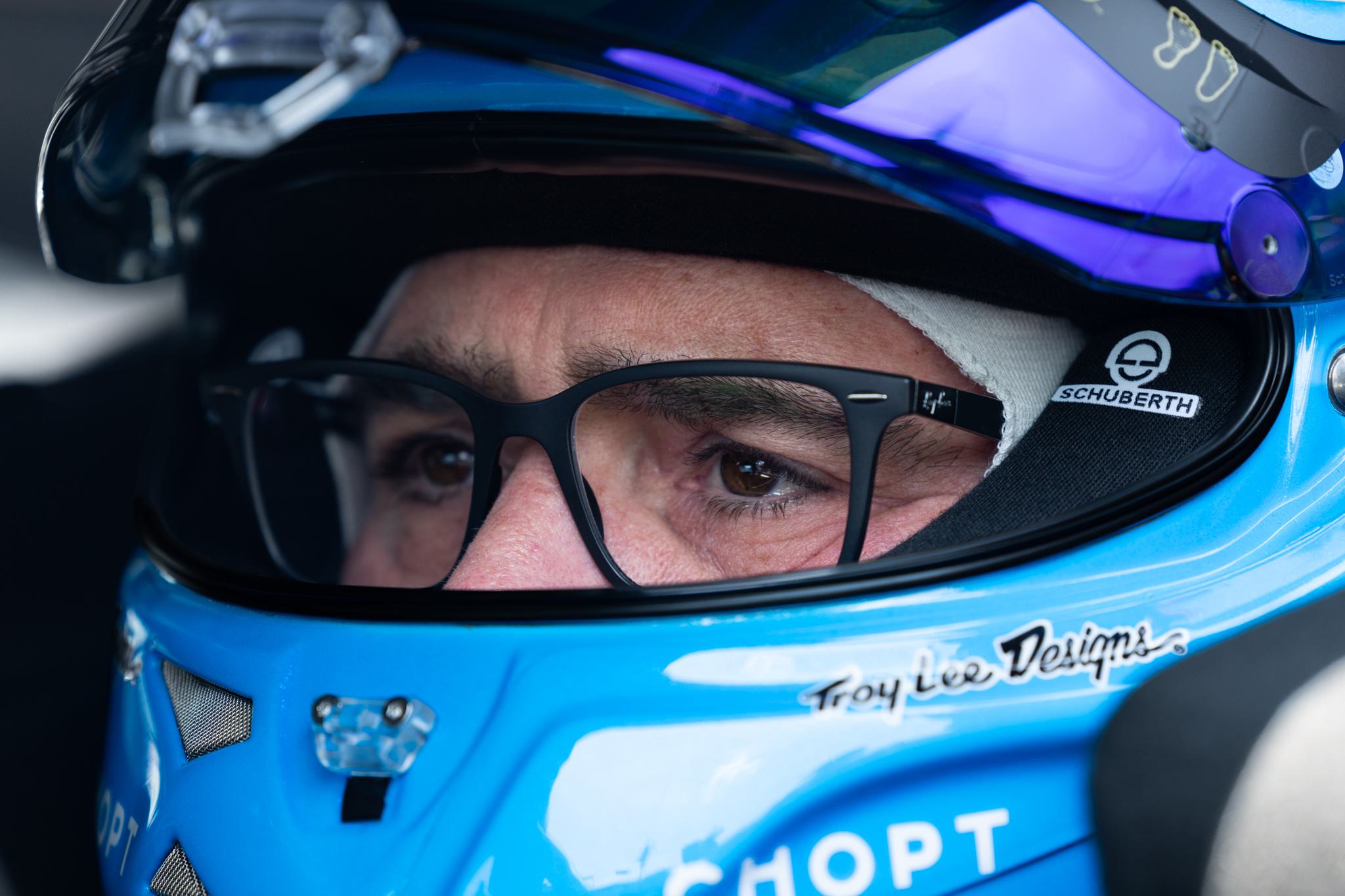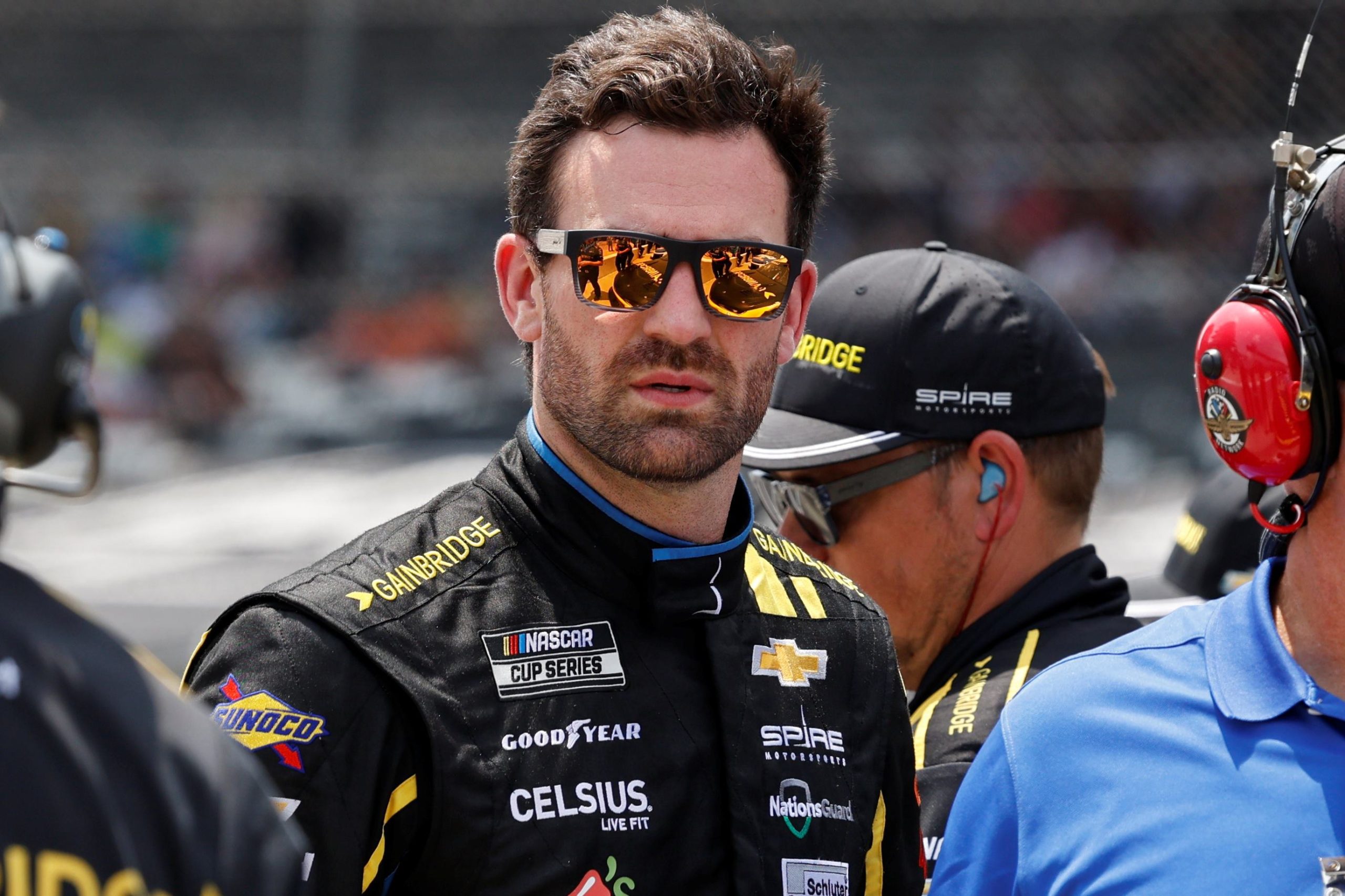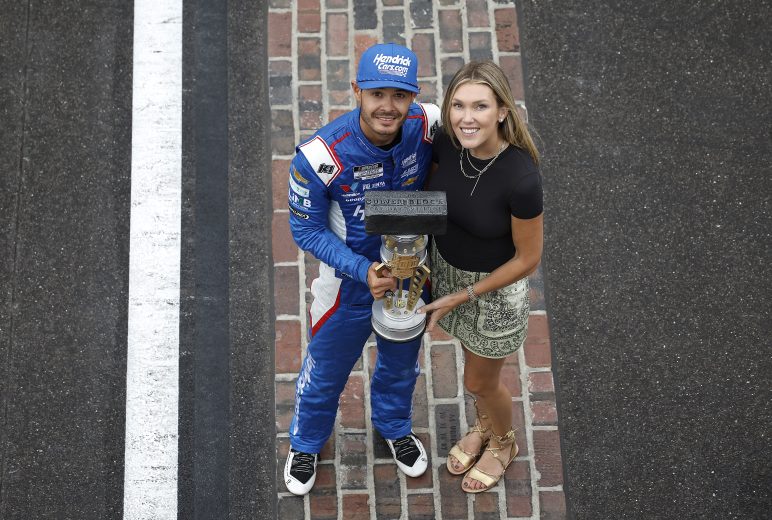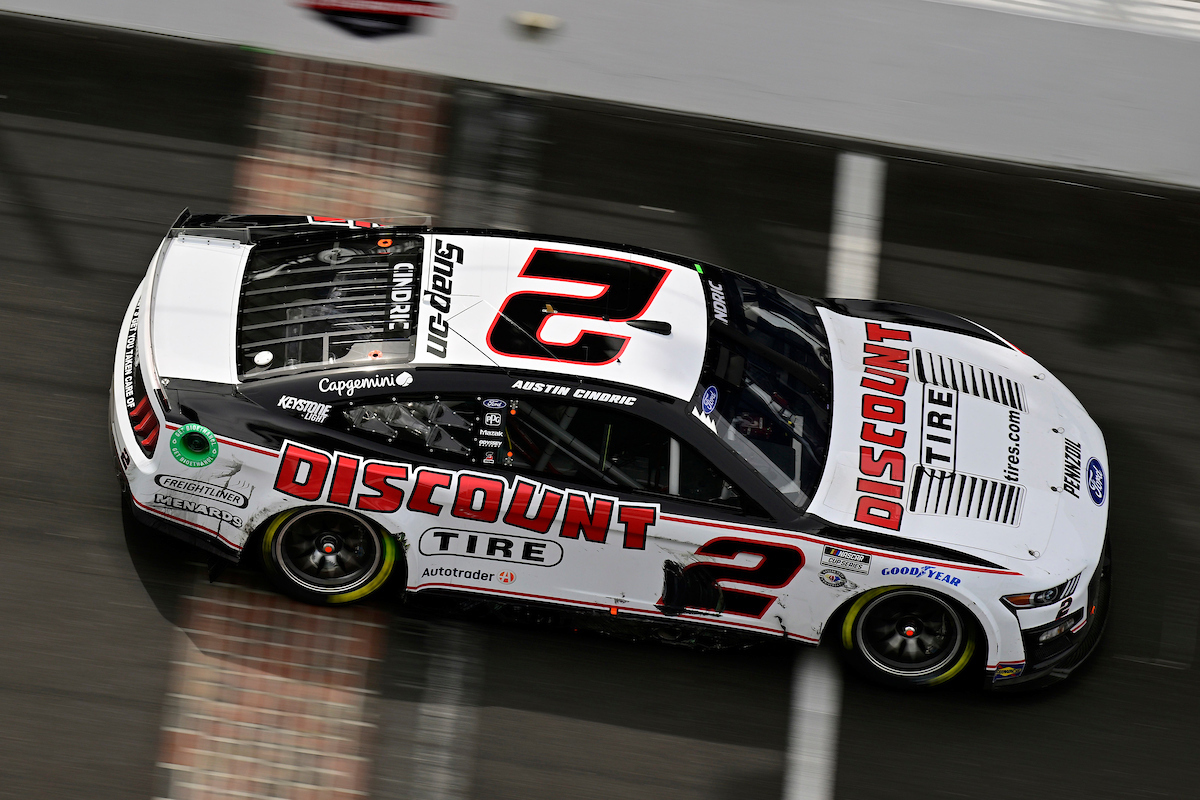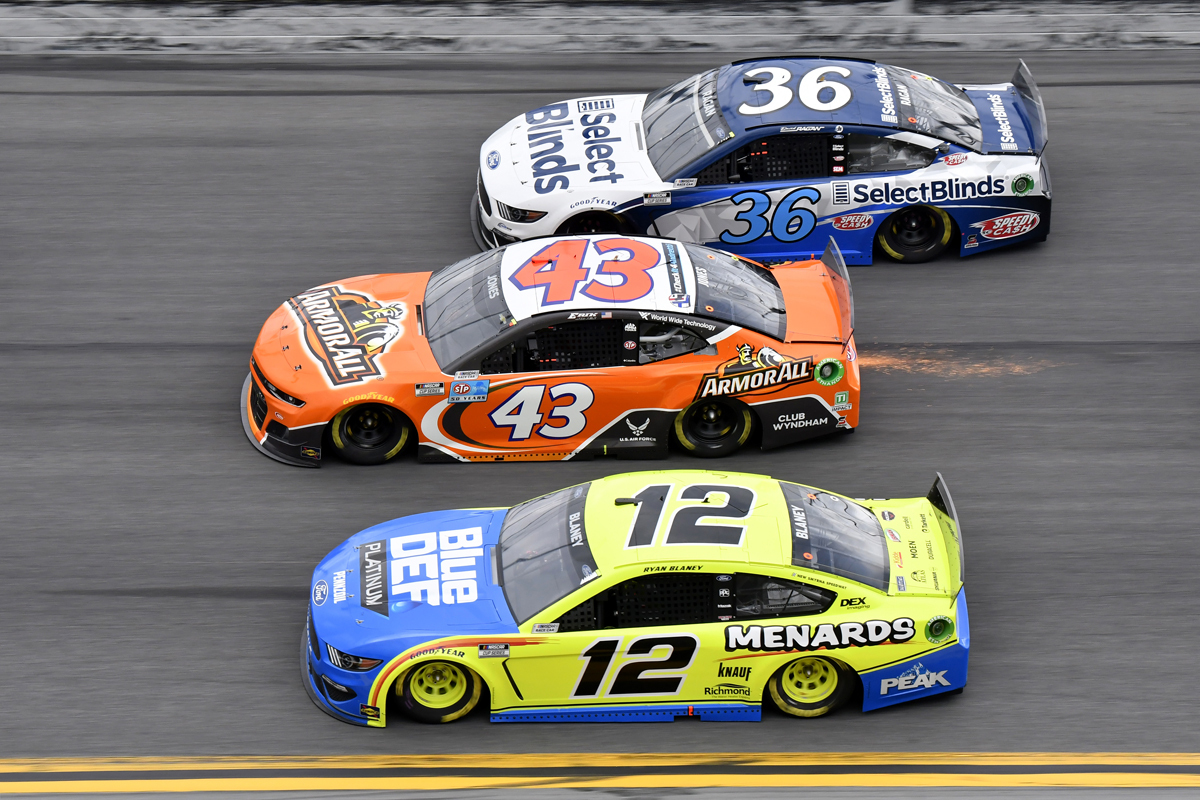Christopher Bell Triumphs in Rain-Shortened Coca-Cola 600 at Charlotte
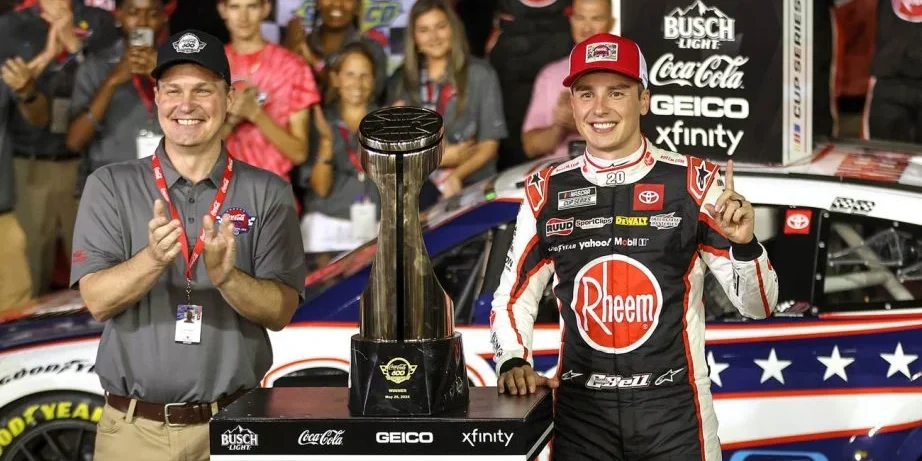
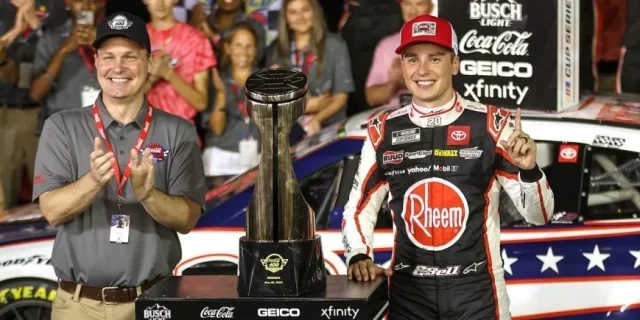
Christopher Bell clinched a massive victory in the rain-shortened Coca-Cola 600 at Charlotte Motor Speedway, securing his second win of the NASCAR Cup Series season. Bell’s triumph came after a lightning delay evolved into a heavy rainstorm, forcing NASCAR officials to call the race after 249 of the scheduled 400 laps.
Table of Contents
Race Dynamics and Key Moments
Dominant Performance:
- Bell, driving the No. 20 Joe Gibbs Racing Toyota, started from the third position and led a race-high 90 laps.
- He also claimed victory in the second stage of the race, showcasing his dominance on the 1.5-mile Charlotte oval.
Crucial Moves:
- The pivotal moment occurred when Bell held off Darlington winner Brad Keselowski during a 10-lap stint following a caution caused by Corey LaJoie’s spin in Turn 2 on Lap 229.
- On the Lap 236 restart, Bell and Keselowski lined up side-by-side, with Bell ultimately pulling ahead by roughly six car lengths before the seventh caution for lightning was issued.
Weather Interruption:
- Following the lightning, heavy rain ensued, making track drying efforts futile due to high humidity. Consequently, Bell was declared the winner, marking his first victory on the Charlotte oval and the eighth of his career.
Driver Reactions
Bell expressed immense satisfaction with his performance, stating, “Man, it feels so good – to win or lose – just to have a great race to go off of. A race where we led laps. We were able to pass cars. We lost the lead at times and were able to drive back to the lead.”
“We had great pit stops. It was a team effort, and it was amazing to have a good race. Hopefully, this is something we can build on and get back to being more consistent.”
Brad Keselowski, who finished as the runner-up, believed he had the fastest car but acknowledged the race conditions. “We just didn’t have time for it to play out,” Keselowski remarked.
Notable Finishes
- William Byron, the Stage 1 winner, secured third place, followed by Tyler Reddick and Denny Hamlin in fourth and fifth, respectively.
- Ty Gibbs, who started from pole position and led 74 laps, finished sixth. Chase Elliott claimed seventh, with Ross Chastain, Alex Bowman, and Josh Berry rounding out the top ten.
Kyle Larson’s Double Attempt
Kyle Larson, who aimed to compete in both the Indianapolis 500 and the Coca-Cola 600 on the same day, arrived at Charlotte Motor Speedway just as the race was called due to weather. Justin Allgaier, who started the race in Larson’s place, was running 13th when the event was halted.
Incident and Impact
Defending race winner and reigning series champion Ryan Blaney experienced a significant setback, crashing into the outside wall during the second stage and exiting the race after 143 laps. “We’ll have to look if I hit something or… I don’t know,” Blaney commented. “I just went into (Turn) 3 getting up to speed and blew a tire and hit the fence. It’s an unfortunate end to our night.”
Post-Race Inspection
NASCAR officials completed the post-race inspection without any issues, confirming Bell’s victory. Four cars, including the Nos. 34 and 45 for teardown and engine dyno, and the Nos. 3 and 99 for engine-dyno testing, were selected for further examination.
Upcoming Race
The NASCAR Cup Series continues next Sunday with the Enjoy Illinois 300 at World Wide Technology Raceway, scheduled to begin at 3:30 p.m. ET on FS1, MRN Radio, and SiriusXM NASCAR Radio.
Christopher Bell’s victory in the Coca-Cola 600, marked by strategic excellence and resilience in adverse weather conditions, adds a notable chapter to his NASCAR career and the 2024 season.

